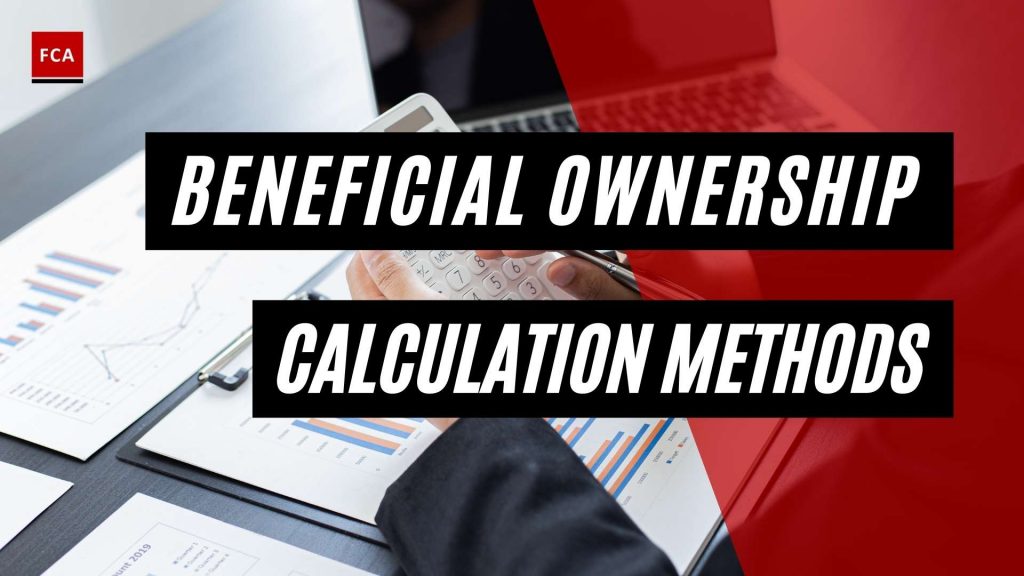This article elaborates on ‘Beneficial Ownership Calculation Methods’.
The compliance team must rely on several reports and spreadsheets, as well as a variety of online business information reports, to compute the ultimate beneficial ownership of the client or customer. These financial reports may be rigid, incorrect, and unable to interface with other systems and data sources in order to determine beneficial ownership. As a result, caution must be exercised in calculating true beneficial ownership using credible data.
Multi-level Indirect Ownership
In the case of multiple-level indirect ownership, a standard approach to corporate linking would fail since two organizations have an equal 50 percent stake rather than a single worldwide parent. Accessible data must bring together worldwide corporate connection and personal share ownership in order to correctly verify and quantify real ownership. This may be accomplished by automating the identification and verification of beneficial ownership using data and analytics.
Beneficial Ownership Percentage
Beneficial Ownership Percentage is calculated by dividing the number of Ordinary Shares and Share Equivalents of which a person is a Beneficial Owner as of a specific date by the total number of Ordinary Shares outstanding at that moment.
Beneficial owner, in the context of a company or LLP, can also refer to anyone who owns or controls (directly or indirectly), including through bearer shareholdings or other means, more than 25% of the company’s or LLP’s shares or voting rights; anyone who controls the company or LLP; or anyone who exercises control over the company’s or LLP’s management.

Fast Data Collection
By far, the most common approach is to bring workflow and content together through Application Programming Interface (API) technology. This significantly speeds up the data collection process and guarantees that workflows can be created as needed, allowing for straight-through processing when practical and swiftly sending difficult remediation to the appropriate teams.
Instead of calculating ultimate beneficial ownership using online business information reports and spreadsheets, the analyst uses the API to query the business entity in question. This initiates an investigation of the business entity’s direct, indirect, and circular ownership structures and returns the relevant shareholders and their percentage ownership holdings in seconds. It also aids in the development of a mechanism for generating alerts for changes in ownership.
By breaking the remediation cycle and reacting to changes immediately, valuable resources can focus on the right customers, assessing changes that matter and acknowledging those that are not of material concern.
Benefits of Fast Data Collection
The ability to identify beneficial owners in a few clicks not only helps fast-track the standard onboarding process but frees up internal resources to focus on more complex investigations. Furthermore, by delivering this data into a central data repository and utilizing visualization software, other business units can access the same information, creating a relationship data supply chain that can expedite decision-making and organizational efficiency.
Migrating to a data-inspired approach offers other value-added benefits too. In addition to reducing exposure to reputational risks, such as screening for PEPs, businesses can eliminate manual entry errors, enhance enterprise-wide knowledge management, and increase sector competitiveness and business agility while reducing operational costs.
Final Thoughts
The compliance team must rely on accurate reports and spreadsheets, as well as a variety of online business information reports, to compute the ultimate beneficial ownership of the client or customer as CDD and KYC measures. This article elaborates on ‘Beneficial Ownership Calculation Methods’.









